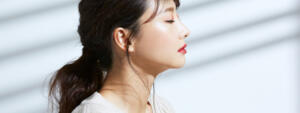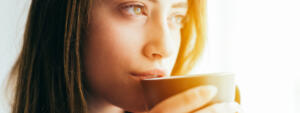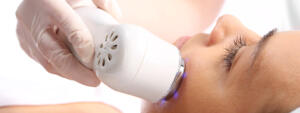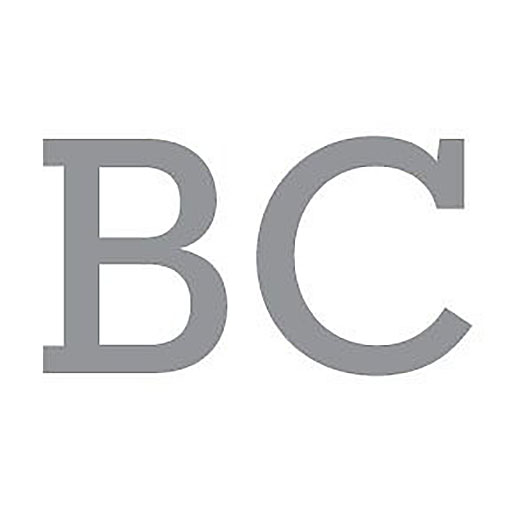Light Up Your Life
Light therapy is a new concept to hit the wellness scene. Three kinds offer different outcomes. Here is a quick guide to the various types and how they might help you feel better.
White Light: Good for Mood
Climates north of the 45th parallel have longer dark hours and more cloud cover. This can contribute to unusual sleepiness and sluggishness. When the weather is gloomier and often too wet to go outside, people lose natural serotonin and our bodies start to produce more melatonin to sleep longer. Thus we get sleepier before we are done with our normal day-to-day activities, especially as the sun sets earlier.
This can cause many people’s mental health to decline. A common disorder in the PNW is seasonal affective disorder (SAD), also known as seasonal depression. This can look like irritability, lack of or excess sleep, and lack of motivation.
Light bulb! The human body’s need for light can be helped with artificial light through white-light therapy bulbs. Light therapy is recommended in the morning or shortly after you wake up. In a sense, it is a prescription for sunshine.  The light “tricks” the body into thinking it is being exposed to sunlight and produces serotonin, dissipating the effects of SAD. Light therapy has also been effective in regulating the circadian rhythms to improve sleep.
The light “tricks” the body into thinking it is being exposed to sunlight and produces serotonin, dissipating the effects of SAD. Light therapy has also been effective in regulating the circadian rhythms to improve sleep.
There are certain things to look for when purchasing a light therapy lamp. It is recommended to use a 10,000-lux lamp with shorter sessions, but 2,500-lux will work as well with longer sessions. Place the light therapy lamp 16 to 24 inches away from your face, and do not look directly into it. Try using the lamp every day (at the same time if you can) for it to be most effective.
Red Light: Good for Beauty
Red-light therapy is great for skin care and is used cosmetically and medically. Cosmetically, red-light therapy is known for reducing and minimizing the appearance of sun damage or spots, stretch marks, wrinkles and age lines. Medically, it is used for people with psoriasis, slow-healing wounds (especially those that are diabetic), rejuvenation of skin and production of collagen. 
Red lights were first used in the early 1990s in space to help plants grow via photosynthesis. Surprisingly, red-light therapy helps humans on the cellular level by strengthening the mitochondria. The light creates more power and energy for the mitochondria to function and provides better energy for your cells. Red-light therapy uses a low-level wavelength to treat skin issues and blemishes. This light only penetrates about five millimeters below the skin’s surface, making it safe to use at home.
Local places like Seattle Sun Tan offer red-light therapy or infrared therapy in a variety of ways. Each experience offers benefits including soothing pain and stimulating circulation. Check out their website for infrared saunas or infrared wellness pods at seattlesuntan.com.
Blue Light: Good for Skin Health
Blue-light therapy is still in the process of becoming “over the counter” ready for consumers. Currently, it is most often used in outpatient procedures, but there are some blue-light face covers or masks that can be used at home.
Blue-light therapy is more powerful and effective than red-light therapy when it comes to intense skin care. Procedures have shown promising results for treating sunspots and acne, as well as previous acne spots or scars. It has also been used for improving skin texture and reducing the size of large oil glands or pores.

Blue-light therapy is used more medically than for cosmetic reasons due to the need for punctuality and persistence in application. Studies have shown that blue-light therapy has worked in preventing skin cancer by removing precancerous and cancerous skin lesions that haven’t spread to other areas. Oftentimes it is paired with a topical medicine or other medication to help in destroying cancerous cells. Doctors recommend continuous treatment for positive results. It is also helpful for a light-bathing experience to treat depression.


